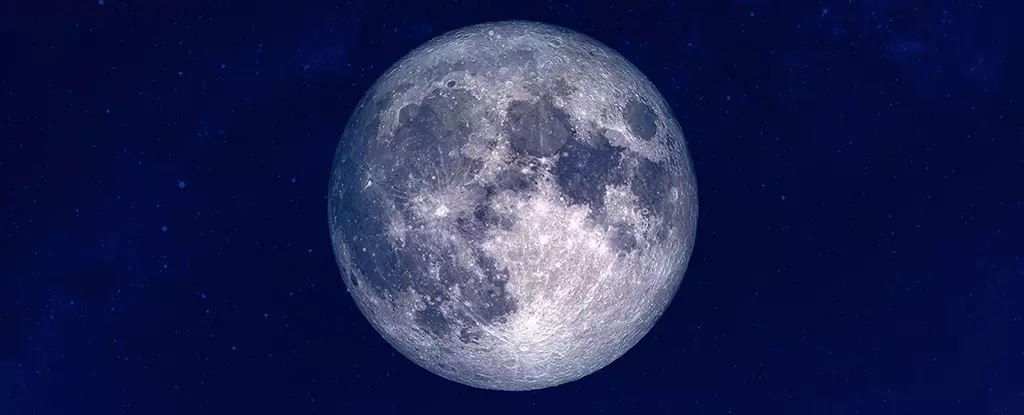In an era of ambitious space exploration, the importance of exact timing has reached unprecedented heights. Missing a regular train or bus can be burdensome, yet the implications of losing track of time in space are far more consequential. NASA has recognized this challenge and is now advancing the idea of a standardized time system on the Moon—termed Coordinated Lunar Time (LTC). As lunar expeditions multiply, having a consistent way to mark time becomes an imperative for a host of reasons including mission coordination and safety protocols.
Currently, as the commercial space industry burgeons and more nations engage with lunar missions, the intricacies involved in scheduling become increasingly complex. NASA’s aerospace engineer Ben Ashman articulates tomorrow’s necessity for a universal time standard: “A shared definition of time is an important part of safe, resilient, and sustainable operations.” This statement underscores the necessity for synchronization when multiple entities operate simultaneously on the lunar surface.
However, implementing a timekeeping system on the Moon is fraught with scientific complexities. The foundation of this new lunar time standard will rest on atomic clocks, the same technology that dictates timing on Earth. These clocks, which utilize the precise oscillation frequencies of certain atoms, provide remarkable accuracy. Nonetheless, a significant hurdle emerges from the Moon’s unique gravitational variance compared to Earth.
Because of this difference, time itself runs slightly faster on the Moon. According to Cheryl Gramling, a senior navigation systems engineer at NASA, lunar timepieces will gain approximately 56 microseconds daily compared to Earth’s clocks. This seemingly minuscule discrepancy can have profound implications for spatial navigation and communication. Such minor variances can change how effectively astronauts and ground control synchronize their activities, which can be the difference between successful mission execution and disarray.
To address these challenges, NASA scientists are diligently working on mathematical models that will neutralize discrepancies in lunar timekeeping. The team’s ultimate goal is to ensure that astronauts’ watches and ground control operators are aligned seamlessly. If they succeed, the benefit will extend beyond just lunar missions, potentially providing a standardized timekeeping system applicable throughout our solar system. This includes facilitating interplanetary communications—imagine the ease of scheduling video calls with Martian expeditions!
The pursuit of a lunar time standard is part and parcel of larger projects such as Artemis. As NASA prepares for the next human journey to the Moon, including the historic landing of the first woman and person of color in 2026, timing cannot be an afterthought. Properly coordinating these missions requires an infrastructure that includes reliable and precise timekeeping.
The implications of establishing a Coordinated Lunar Time reach far beyond the Moon. If successful, this endeavor could lay the groundwork for a broader, interplanetary timekeeping system. As humanity inches closer to life on worlds beyond Earth, it is critical that we develop a universal set of standards—time being one of the most fundamental.
While many may overlook the burden of timekeeping in space, the development of LTC represents the groundwork of sustainable human activity on the Moon and potentially other celestial bodies. Each advance in our ability to coordinate explorations and missions further solidifies humanity’s foothold in the cosmos and opens the door to longer-term habitation and exploration.
NASA’s efforts to standardize lunar time stand as crucial steps toward overcoming the logistical hurdles of exploring our universe. As we look ahead, a shared understanding of time may very well become the linchpin that binds our space-faring future together, ensuring harmonious and effective operations on the Moon and beyond.

